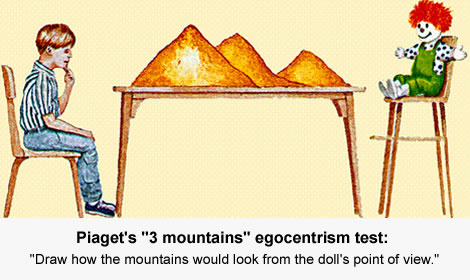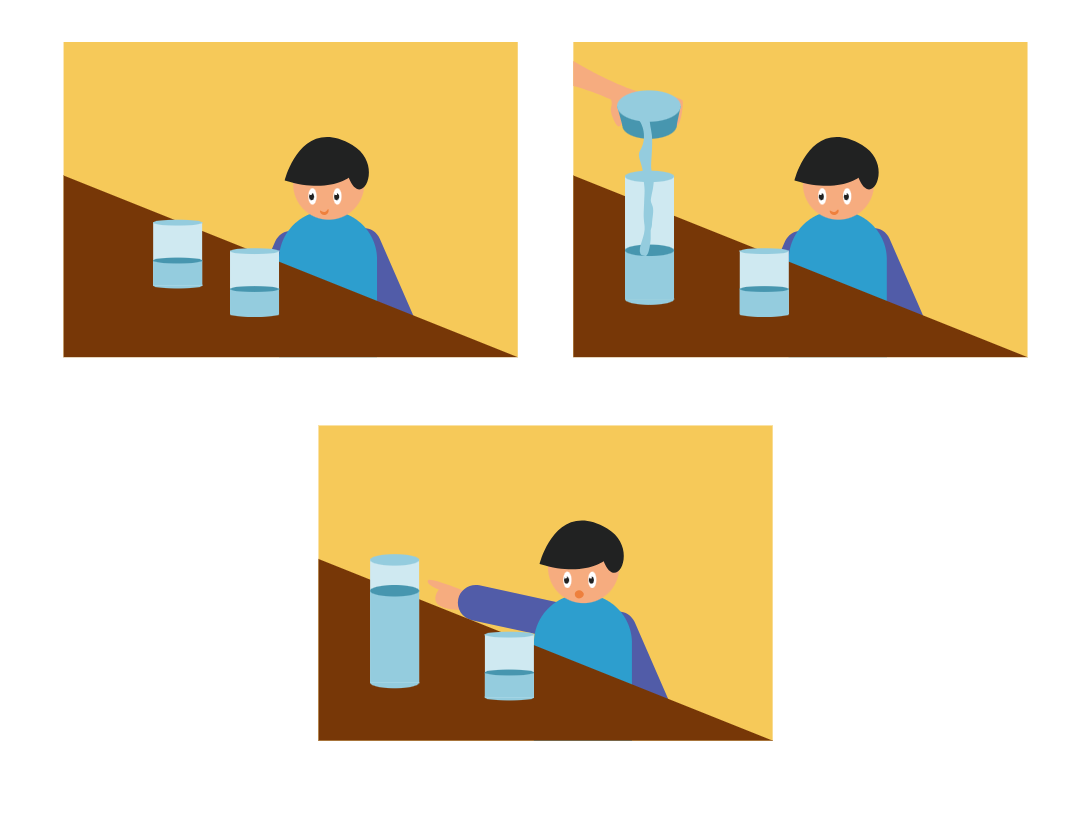Key theories for physical, cognitive, and psychosocial development
1/39
Earn XP
Description and Tags
Apart of Lifespan Development for Occupational Therapy Practice at UniSA
Name | Mastery | Learn | Test | Matching | Spaced |
|---|
No study sessions yet.
40 Terms
What are three function categories of observable movement?
Stabilising movement tasks
Locomotor movement tasks
Manipulative movement tasks
Stabilising movement tasks
Any movement in which some degree of balance or posture is required and gaining/maintaining one's equilibrium in relation to the force of gravity, which can be both non-locomotor and non-manipulative.
Locomotor movement tasks
Movement that involves a change in location of the body relative to a fixed point on the surface while maintaining equilibrium in an unusual balancing situation, where it may not always be equal.
Manipulative movement tasks
Refers to both gross (larger muscle movement) and fine (smaller muscle movement) motor manipulation.
What are the four phases of motor development according to Gallahue?
Reflexive movement phase
Rudimentary movement phase
Fundamental movement phase
Specialised movement phase
Reflexive movement phase
A phase of Gallahue’s theory which occurs between four months and one years old which involves automatic, involuntary movements controlled by the brainstem that help infants respond to stimuli and begin connecting body and brain It includes an encoding stage (recording reflexes) and a decoding stage (starting to replace reflexes with voluntary movements via the cerebral cortex).
Rudimentary movement phase
A phase of Gallahue’s theory which occurs between birth and two years old where infants begin showing basic voluntary movements like grasping or walking, guided mostly by natural maturation and survival needs. It progresses from unrefined control (reflex inhibition) to better coordination and body awareness (pre-control).
Fundamental movement phase
A phase of Gallahue’s theory which occurs between two and seven years old where children explore and combine basic movements like walking, balancing, and throwing, laying the foundation for future physical skills. This phase develops through stages from awkward trial attempts to coordinated and efficient movement patterns.
Specialised movement phase
A phase of Gallahue’s theory which occurs seven years and older where movements become tools used in specific activities like sports and daily tasks, shaped by personal, environmental, and cultural factors. As children grow, they refine these skills through transitional, application, and lifelong stages based on experience and decision-making.
Assimilation
The process of taking in new information and fitting it into and making it a part of an existing mental idea about object or the world. It’s like a first impression assumption.
Accommodation
Refers to ‘changing’ an existing mental idea to fit new information from the assimilation to fit the new object.
Schema (pl schemata)
A mental idea of what something is and how to deal with it of the world.
Adaption
The process of using the environment to learn and of learning to adjust to changes that occur in the environment-taking in, processing, organising, and using new information.
What are the four phases of cognitive development according to Piaget?
Sensorimotor phase
Preoperational phase
Concrete operations phase
Formal operations phase
Sensorimotor phase and what are the six overlapping stages?
The first phase of Piaget’s theory which occurs between birth and 2 years old where children learn to differentiate themselves from objects and others.
The six overlapping stages are use of reflexes, primary circular reactions, secondary circular reactions, tertiary circular reactions, application of the secondary schemata to new situations, and invention of new means through mental combinations
Object permanence
A key accomplishment in the sensorimotor stage where an individual discovers objects still exist even if they cannot be seen or touched.
Why do infants use reflexes?
According to Piaget, it’s to gain additional information about his or her world, where through repetition, which later emerge as voluntary movements.
What is the difference between primary, secondary, and tertiary circular reactions?
Primary refers to the assimilation of a previous experience and recognition of the stimulus that triggered the reaction required to generate the experience, secondary is where infants begin to repeat actions that evoke a positive response, and tertiary is the infant’s discovering new things through active experimentation.
Application of the secondary schemata to new situations
The child’s ability to distinguish means from ends; aka being able to produce the same result in more than one way.
Invention of new means through mental combinations
Shifting from sensorimotor experiences to increased reflection about these experiences and discerning themselves as one object among many.
Preoperational phase
The second phase of Piaget’s theory where the first development of cognitive abilities occurs and a period of transition from self-satisfying behaviour to rudimentary socialised behaviour.
Egocentrism
Apart of the pre-operational stage where an individual is capable of seeing the world, only from their point of view.

Centration
Apart of the pre-operational stage which is the ability to focus on only one quality of an object at a time.

Symbolic thinking
Apart of the pre-operational stage that involves using symbols to represent objects, places, or events.
Concrete operations phase
The third phase of Piaget’s theory where the child becomes aware of alternative solutions, uses rules in thinking, and is able to differentiate between appearance and reality.
Conservation
Apart of the concrete operational stage where an individual acknowledges that objects do not change their mass, volume, or area when they change shape or appearance.
Reversibility
Apart of the pre-operational stage which is the ability to mentally reverse processes.
Classification
Apart of the concrete operational stage which is the ability to organise information based on common features.
Formal operations phase
The final phase of Piaget’s theory which marks the end of childhood and beginning of youth, where an individual is able to problem solve, use logical deduction, and critically think. At this level, the individual can dream without concrete reality, and deduction by hypothesis and judgement enables one to reason beyond cause and effect.
Abstract thinking
Apart of the formal operational stage where an individual does not rely on being able to see things in order to understand concepts.
Logical thinking
Apart of the formal operational stage where an individual develops plans to solve problems and identify the solutions to problems, develop hypotheses, and test solutions.
What are the eight psychosocial stages according to Erikson?
Stage I - Trust vs Mistrust
Stage II - Autonomy vs Doubt/Shame
Stage III - Initiative vs Guilt
Stage IV - Industry vs Inferiority
Stage V - Identity vs Role Confusion
Stage VI - Intimacy vs Isolation
Stage VII - Generativity vs Self-Absorption
Stage VIII - Integrity vs Despair
Stage I - Trust vs Mistrust
The first stage of Erikson’s theory where infants learn to develop and trust with others and the future through interactions with the mother or else it could lead to fear and mistrust.
Stage II - Autonomy vs Doubt/Shame
The second stage of Erikson’s theory where toddlers become autonomous and establish independence as a result of being eager to explore and accomplish new feats or else it could lead to feelings of shame or doubt about their capabilities.
Stage III - Initiative vs Guilt
The third stage of Erikson’s theory where kindergarteners/preschoolers take initiative and explore curiosities or else it could lead to feeling guilty and not developing interests.
Stage IV - Industry vs Inferiority
The fourth stage of Erikson’s theory where primary (elementary) school kids have become industrious and want to be rewarded for their accomplishments but if negative feedback is frequently received, the individual will feel inferior.
Stage V - Identity vs Role Confusion
The fifth stage of Erikson’s theory where high school/middle school kids have developed a sense of identity but if forced to conform or experiencing negative experiences, it could lead to an identity crisis.
Stage VI - Intimacy vs Isolation
The sixth stage of Erikson’s theory where young adults have started forming intimate relationships with either friends or a partner but if they fail to form intimate relationships, it could lead to isolation and loneliness.
Stage VII - Generativity vs Self-Absorption
The seventh stage of Erikson’s theory where most adults have started working full-time and wanting to inspire the next generation but if previous conflicts weren’t solved and is more concerned about their own wants and needs, it will lead to self-absorption.
Stage VIII - Integrity vs Despair
The final stage of Erikson’s theory where elders look back over their lives and wonder if they had a meaningful and fulfilling life but if they look back with regret and missed opportunities, it could lead to despair.